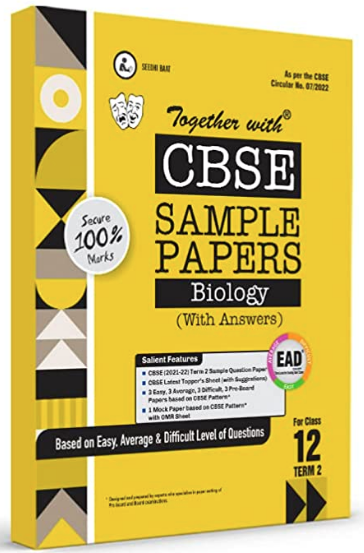Some restriction enzymes break a phosphodiester bond on both the DNA strands, such that only one end of each molecule is cut and these ends
have regions of single stranded DNA. BamH1is one such restriction enzyme which binds at the recognition sequence, 5’-GGATCC- 3’and cleaves these sequences just after the 5’- guanine on each strand.
a. What is the objective of this action?
b. Explain how the gene of interest is introduced into a vector.
c. You are given the DNA shown below.
5’ ATTTTGAGGATCCGTAATGTCCT 3’
3’ TAAAACTCCTAGGCATTACAGGA 5’
If this DNA was cut with BamHI, how many DNA fragments would you expect? Write the sequence of these double-stranded DNA fragments with their respective polarity.
d. A gene M was introduced into E.coli cloning vector PBR322 at BamH1 site. What will be its impact on the recombinant plamids? Give a possible way by which you could differentiate non recombinant to recombinant plasmids.
Answer.
a. The two different DNA molecules will have compatible ends to
recombine. (½ mark)
b. Restriction enzyme cuts the DNA of the vector and then ligates the
gene of interest into the DNA of the vector.
c. 2 fragments (½ mark)
5’ ATTTTGAG 3’5’GATCCGTAATGTCCT 3’
3’ TAAAACTCCTAG 5’.3’GCATTACAGGA 5’
d. BamH1 site will affect tetracycline antibiotic resistance gene,
hence the recombinant plasmids will lose tetracycline resistance
due to inactivation of the resistance gene.
Recombinants can be selected from non recombinants by plating
into a medium containing tetracycline, as the recombinants will not
grow in the medium because the tetracycline resistance gene is
cut.




